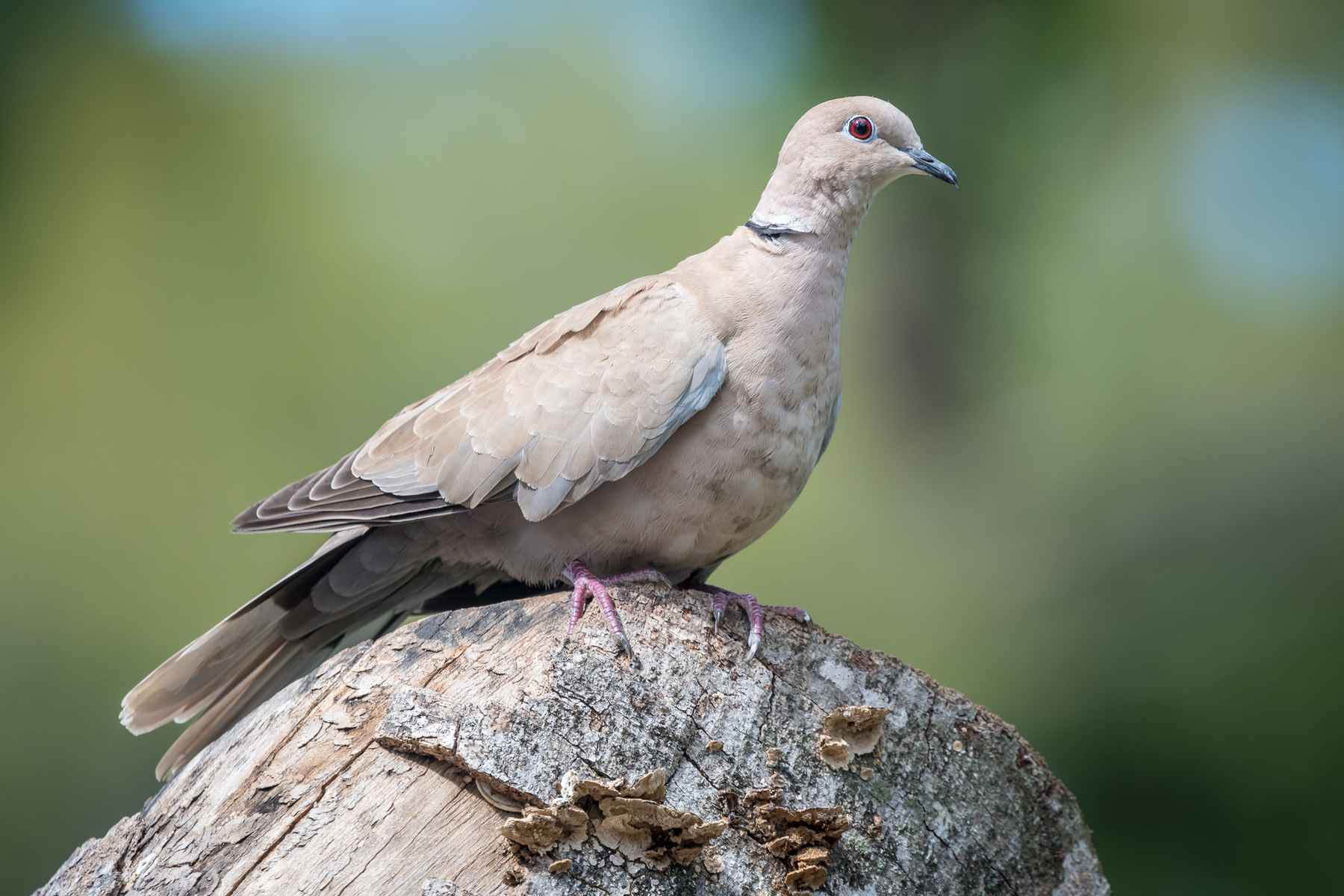Introduction
![]()
Feathers are not mere adornments for birds; they play vital roles in flight, insulation, and communication. Properly cleaning bird feathers is essential for their health and aesthetic appeal. Whether you’re a pet bird owner or someone helping injured birds, knowing the correct techniques is crucial.
In this comprehensive guide, we’ll show you how to clean bird feathers effectively and safely. From gathering supplies to storing cleaned feathers, we’ve got you covered. By following our step-by-step process, you’ll maintain clean and healthy feathers for your pets or assist injured birds.
Let’s dive in and discover how to ensure the well-being and beauty of these remarkable natural structures.
Gathering the Necessary Supplies
To clean bird feathers effectively, gather these essential supplies:
-
Gloves: Disposable gloves protect your hands from pathogens or contaminants on the feathers.
-
Tweezers: Fine-tipped tweezers delicately remove debris stuck to the feathers.
-
Soft-bristled brush: Use a toothbrush or paintbrush to gently remove loose dirt or dust.
-
Mild detergent: Prepare a solution of mild detergent and lukewarm water in a basin or sink.
-
Towels or paper towels: Use clean, absorbent towels to gently pat and blot the feathers dry.
-
Distilled water: If your tap water contains minerals or chemicals, rinse the feathers with distilled water.
-
Small container or bowl: Use a small container to hold the cleaning solution or distilled water.
-
Soft cloth or sponge: Wipe the feathers gently with a soft cloth or sponge to remove any remaining dirt or detergent residue.
-
Ventilated area: Set up your cleaning station in a well-ventilated area to ensure proper airflow.
Gathering these supplies beforehand ensures you’re well-prepared for effective and safe feather cleaning. In the next section, we’ll explore how to prepare the area for cleaning, creating an optimal workspace.
Preparing the Area for Cleaning

Properly preparing the area is crucial for a clean and organized workspace. Follow these guidelines:
-
Choose an appropriate location: Select a well-ventilated space, preferably outdoors, for cleaning the feathers.
-
Lay down a protective surface: Use a large plastic sheet or waterproof tarp to protect your work surface or the ground.
-
Gather cleaning supplies: Have all necessary supplies within easy reach, including a basin or bucket filled with lukewarm water, mild dish soap, a soft-bristle brush or toothbrush, clean towels or paper towels, and gloves.
-
Set up a drying area: Choose a drying area such as a clothesline, drying rack, or clean towel on a flat surface.
-
Maintain cleanliness: Tidy up the surrounding area to remove clutter, dust, or debris that could interfere with the cleaning process.
-
Take safety precautions: Wear gloves and consider wearing a mask when handling feathers, especially from wild birds.
By following these steps, you’ll create an optimal environment for cleaning and drying feathers. A well-prepared workspace contributes to the overall success of your feather cleaning endeavors.
How to Clean and Dry Bird Feathers

To ensure the thorough cleaning and proper drying of bird feathers, follow these step-by-step instructions:
Cleaning the Feathers
-
Inspect and Remove Loose Dirt or Debris: Carefully examine the feathers for any visible dirt, debris, or feather mites. Use a soft-bristled toothbrush or gently shake the feathers to remove loose particles without damaging them.
-
Prepare the Cleaning Solution: Fill a basin or sink with lukewarm water. Avoid using hot water, as it can harm the feathers. Add a small amount of mild dish soap to create a gentle, non-abrasive solution.
-
Submerge and Agitate the Feathers: Place the feathers into the soapy water, ensuring they are fully submerged. Gently agitate the feathers to allow the soap to penetrate and loosen dirt or oils.
-
Clean the Feathers: Using a soft-bristled toothbrush or paintbrush, clean each feather from the base to the tip, following the natural direction. Pay special attention to the central shaft and smaller branches attached to it. Thoroughly clean these areas with gentle strokes.
-
Rinse the Feathers: After cleaning, rinse the feathers thoroughly with clean lukewarm water. Ensure all traces of soap are removed to avoid damage or residue buildup.
Drying the Feathers

-
Shake Off Excess Water: Gently shake the feathers to remove excess water without exerting excessive force.
-
Lay the Feathers Flat: Lay the feathers flat on a clean, dry towel or absorbent paper towels, arranging them in a single layer for proper airflow.
-
Choose Drying Method: You have two options for drying: gentle airflow or natural air drying.
-
Gentle Airflow Drying: If available, use a fan or low-heat hairdryer on the lowest setting. Hold it at a safe distance to avoid direct heat or strong airflow that could damage the feathers.
-
Natural Air Drying: Place the feathers in a well-ventilated area with low humidity, away from direct sunlight or sources of heat. Allow them to air dry naturally.
-
-
Periodically Check and Fluff the Feathers: During drying, periodically check and gently fluff the feathers to prevent sticking and maintain their shape. Use fingers or a soft-bristled brush to separate the feathers and ensure proper airflow.
-
Allow Sufficient Drying Time: The drying time varies depending on feather size and thickness. Be patient and ensure the feathers are completely dry before proceeding.
-
Comb or Brush the Feathers: Once dry, gently comb or brush the feathers with a soft-bristled brush to restore their natural shape and remove remaining debris or tangles. Avoid applying excessive force.
-
Proper Storage of Dried Feathers: Store the feathers in a cool, dry place in a breathable container or bag. Avoid plastic, as it can trap moisture. Opt for natural materials like cotton or paper.
By following these steps, you can effectively clean and dry bird feathers, preserving their quality for various creative endeavors or decorative use.
Proper Storage for Cleaned Feathers

To maintain the quality and longevity of your cleaned bird feathers, it’s crucial to store them correctly. Follow these guidelines to ensure your feathers remain in excellent condition for future use or display.
Clean and Dry Thoroughly
Before storing the feathers, make sure they are completely clean and dry. Use a clean, absorbent cloth or paper towel to gently blot them dry. Air dry the feathers in a well-ventilated area away from direct sunlight or heat sources. If you’re in a hurry, a low heat setting on a hairdryer can be used, but maintain a safe distance to prevent damage.
Choose Appropriate Storage Containers
Select clean, dry containers that provide adequate protection for the feathers. Acid-free archival materials like tissue paper, boxes, or archival plastic bags are recommended to prevent degradation and discoloration. Ensure the containers are free from dust and contaminants before placing the feathers inside.
Avoid Sunlight and Humidity
Store the feathers in a cool, dark, and dry location to protect them from sunlight and humidity. Direct exposure to sunlight can cause fading and brittleness, while high humidity can lead to mold growth. Avoid areas prone to temperature and moisture fluctuations like basements, attics, and closets. Consider using a dedicated storage space where you can control the environmental conditions more effectively, such as a cabinet or drawer.
Provide Proper Padding or Support
To minimize the risk of feather damage during storage, use acid-free tissue paper or cotton batting to cushion and protect the feathers. Gently wrap individual feathers or small clusters with tissue paper before placing them in the container. Avoid overcrowding, as it can lead to compression and distortion. Proper spacing and support will help maintain the feathers’ shape and prevent damage.
By following these guidelines, you can ensure your cleaned bird feathers remain in optimal condition for years to come. Remember to periodically inspect and reorganize your feather collection to ensure their preservation. With proper care and storage, you can enjoy the beauty and uniqueness of bird feathers for a long time.
Tips for Cleaning Bird Feathers

When cleaning bird feathers, it’s important to handle them with care to maintain their integrity. Here are some essential guidelines to keep in mind:
Gentle Handling

Feathers are delicate structures that require gentle handling. Avoid pulling or tugging on them to prevent breakage. Use a light touch throughout the cleaning process to preserve their natural beauty.
Removing Visible Debris
![]()
Start by removing any visible debris or dirt from the feathers. Gently shake or brush off loose particles using your fingers or a soft-bristled brush. Be cautious and exert minimal pressure to avoid harming the feather shafts. This initial step prepares the feathers for further cleaning.
Dry Cleaning Methods
For light cleaning, dry methods are suitable to maintain the feathers’ integrity. Use a soft cloth, sponge, or soft brush to gently wipe off dust and dirt from the feather surfaces. Avoid using water or cleaning agents, as they can be detrimental to the feathers’ structure.
Wet Cleaning Techniques
In cases where feathers are heavily soiled or stained, wet cleaning becomes necessary. Proceed with caution by filling a basin or sink with lukewarm water and adding a mild, bird-safe soap or detergent. Gently agitate the water to create suds.
Submerging Feathers
When wet cleaning, only submerge the dirty parts of the feathers into the soapy water, avoiding immersion of the entire bird or any clean areas. Gently swish the feathers around in the water to allow the soapy solution to penetrate the dirt and grime.
Rinse and Air-Dry
After wet cleaning, rinse the feathers thoroughly with clean water to remove any soap residue. Be gentle to avoid excessive handling. Once rinsed, gently squeeze out the excess water without wringing or twisting the feathers. Lay the feathers flat on a clean towel or mesh screen to air-dry in a well-ventilated area away from direct sunlight or heat sources.
Storage Considerations
Once the feathers are clean and dry, proper storage is essential to preserve their quality. Place them in a clean, dry container or a sealable plastic bag, ensuring they are not compressed or bent. Adding a small packet of desiccant can help absorb residual moisture and prevent mold or mildew growth. Store the feathers in a cool, dark place to protect them from excessive light and humidity.
By following these tips, you can effectively clean bird feathers while maintaining their beauty and integrity. Remember, gentle handling and appropriate cleaning techniques are key to preserving these natural treasures.
Conclusion
In this comprehensive guide, we have explored the essential steps and techniques involved in cleaning bird feathers. By following these guidelines, you can ensure the health, functionality, and overall well-being of your feathered friends.
Throughout the article, we discussed the importance of gathering the necessary supplies and preparing the area before undertaking the cleaning process. We learned how to effectively clean bird feathers, ensuring the removal of dirt, debris, and contaminants. Additionally, we explored the proper methods for drying and storing the cleaned feathers to maintain their quality over time.
Regularly cleaning bird feathers is crucial for their insulation, flight capabilities, and protection against environmental factors. Clean feathers are essential for birds to maintain their body temperature, fly efficiently, and stay safe from harmful substances. By incorporating these cleaning practices into your routine, you contribute to the overall health and happiness of your avian companions.
However, it is essential to acknowledge that cleaning bird feathers may not be suitable for all situations or bird species. Delicate feathers can be easily damaged, and some birds may experience stress during the process. In such cases, seek professional assistance or consult avian experts and veterinarians for guidance.
When handling bird feathers, prioritize safety. Feathers can contain allergens or zoonotic diseases that pose health risks. Use personal protective equipment (PPE), such as gloves and masks, to minimize potential health risks.
Lastly, practice responsible feather collection. Respect bird nests and habitats, avoiding disturbance to their natural environment. Obtain feathers from ethical sources, such as molted feathers or reputable suppliers, to ensure the preservation of bird populations and ecosystems.
We hope this guide has provided valuable insights and practical knowledge on how to clean bird feathers effectively. Remember, maintaining clean feathers contributes to the well-being and longevity of our feathered companions. Embrace these cleaning practices and enjoy the beauty and grace of birds with their vibrant, healthy plumage.
Additional Resources

For further information and resources on bird feather cleaning, consider exploring:
-
The Feather Atlas – A comprehensive online resource providing detailed information on bird feathers, identification, and maintenance.
-
Avian Veterinarians – A directory of avian veterinarians offering expert advice and assistance on bird health and care.
-
Bird Conservation Organizations – Organizations dedicated to bird conservation and education, offering insights into responsible bird feather collection and care.
Remember to consult these resources and seek professional advice whenever necessary to ensure the well-being of your feathered friends.
Frequently Asked Questions
Can I clean bird feathers with water and soap?
Yes, you can clean bird feathers with water and mild soap. Fill a basin or sink with lukewarm water and add a small amount of mild dish soap. Gently clean the feathers using a soft-bristled toothbrush or paintbrush, following the natural direction from the base to the tip. Rinse the feathers thoroughly with clean water to remove any soap residue.
How do I dry bird feathers after cleaning?

After cleaning bird feathers, gently shake off excess water and lay them flat on a clean, dry towel or absorbent paper towels. Arrange the feathers in a single layer for proper airflow. You can choose to dry them using gentle airflow from a fan or low-heat hairdryer on the lowest setting, or allow them to air dry naturally in a well-ventilated area away from direct sunlight or heat sources. Ensure the feathers are completely dry before storing or using them.
How should I store cleaned bird feathers?
To store cleaned bird feathers, ensure they are completely dry. Choose clean, dry containers made of acid-free archival materials like tissue paper, boxes, or archival plastic bags to prevent degradation and discoloration. Avoid storing feathers in plastic, as it can trap moisture. Place the feathers in a cool, dark, and dry location away from sunlight and humidity. Use acid-free tissue paper or cotton batting to cushion and protect the feathers, and avoid overcrowding to maintain their shape.
Can I use a hairdryer to dry bird feathers?
![]()
Yes, you can use a hairdryer to dry bird feathers, but it’s important to use a low heat setting and maintain a safe distance to prevent damage. Excessive heat or airflow can cause the feathers to become brittle or lose their shape. It’s recommended to use the lowest heat setting and hold the hairdryer at a safe distance while periodically checking and fluffing the feathers to ensure proper drying.
Leave a Reply